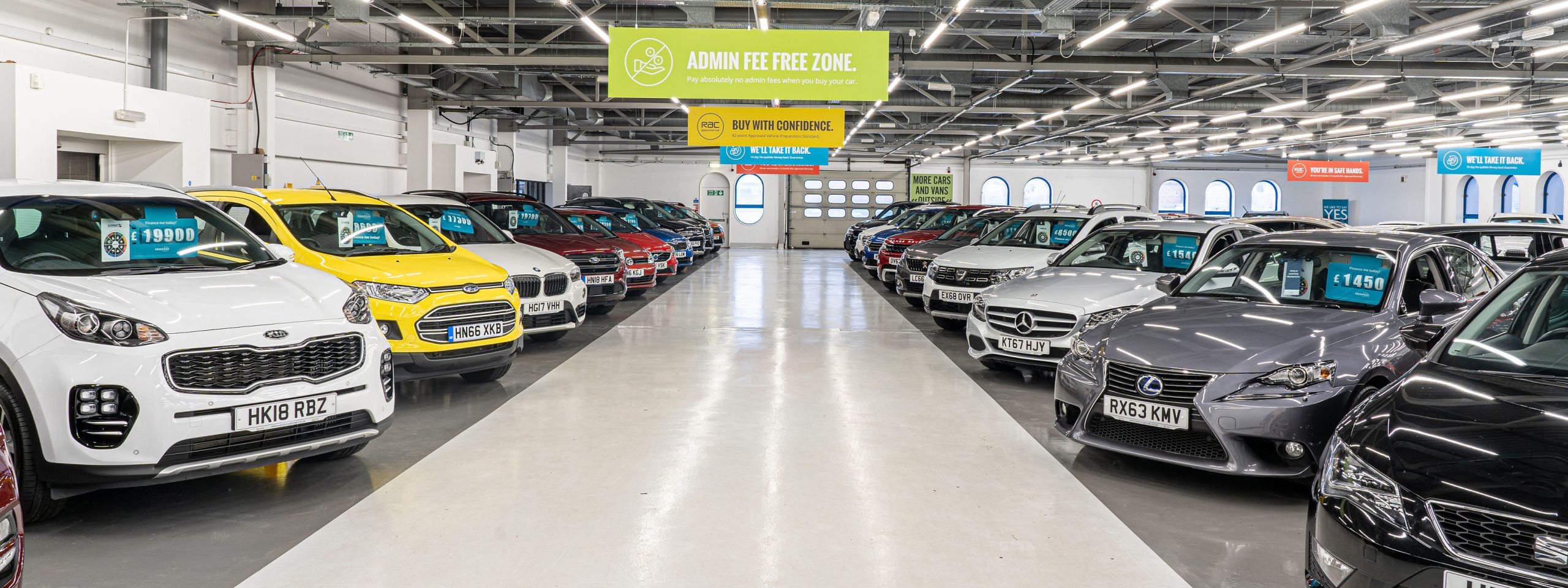
Used car prices continue rising
According to the latest data from Auto Trader’s Retail Price Index, which is based on pricing analysis of circa 900,000 vehicles every month, July saw the largest monthly increase in used cars prices since August 2018. The average sticker price of a used car last month was £13,888, which marks a 4.6% year-on-year increase on a like-for-like basis, and the fourth consecutive month of price growth.
Market demand
This reflects the strong level of demand in the market, demand on Auto Trader has been sustained at records highs throughout July and does not show any signs of declining into August. Two months after showrooms in England were allowed to reopen, the Auto Trader marketplace continues to record an average of over two million visits each day. In July, there were a record 64.4 million cross platform visits.
The growth in prices is being driven by the strong performance of used internal combustion engine (ICE) vehicles, especially petrol, which last month saw average prices increase 5.6% (£12,604), marking the highest rate of growth since October 2018. Diesel recorded a similarly strong performance, with average prices increasing 4.1% (£14,705), the highest rate of growth since September 2014.
EV demand increasing fast
Supply and demand dynamics have a huge influence on price movement. While ICE vehicles are recording high demand and low supply, the opposite is true for their low emission counterparts. As highlighted in Auto Trader’s Market Insight analytics, available to all retailers, the demand for pure electric vehicles (EV) has increased 75.2% year-on-year, while supply has overtaken it, up 87.7%. As a result, the average price of an EV in July fell – 4.3% to £25,639. While alternatively fuelled vehicles (AFV) more broadly fared a little better, contracting at a rate of -1.1% (£22,508), marking five months of contracting prices.
Commenting on the results, Auto Trader’s director of data and insight, Richard Walker, said: “Over the last few months, used car prices have benefited from high demand in the market whilst the supply side has emerged more slowly from lockdown. Even when auctions reopened, the supply of new stock in the market has been slow to return to pre-COVID-19 levels, whilst demand has remained at record levels.
“Looking ahead, at a time of economic uncertainty and with so many variables at play, we will continue to be data driven rather than publish opinion-based statements about the future. Whilst consumer demand shows no signs of slowing into August, we have seen that supply constraints are working their way through, so we expect the growth rate we’ve seen in recent month to stabilise somewhat, rather than continue to accelerate each month.”
